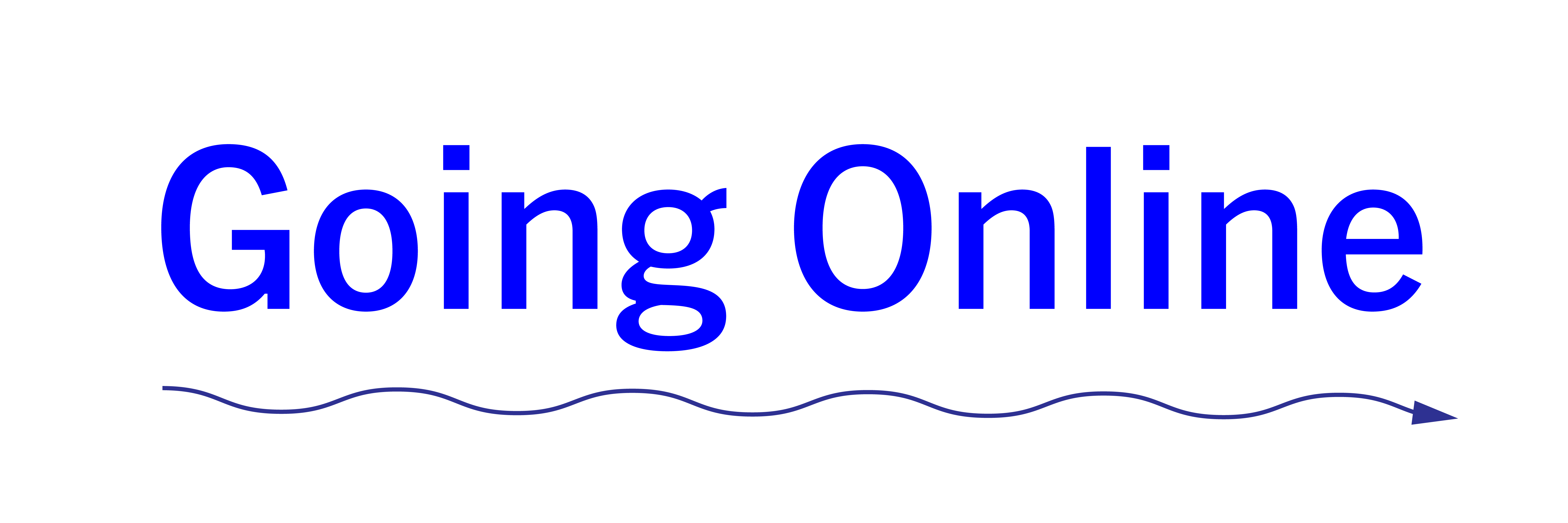A Conversation with Veronika Liebl
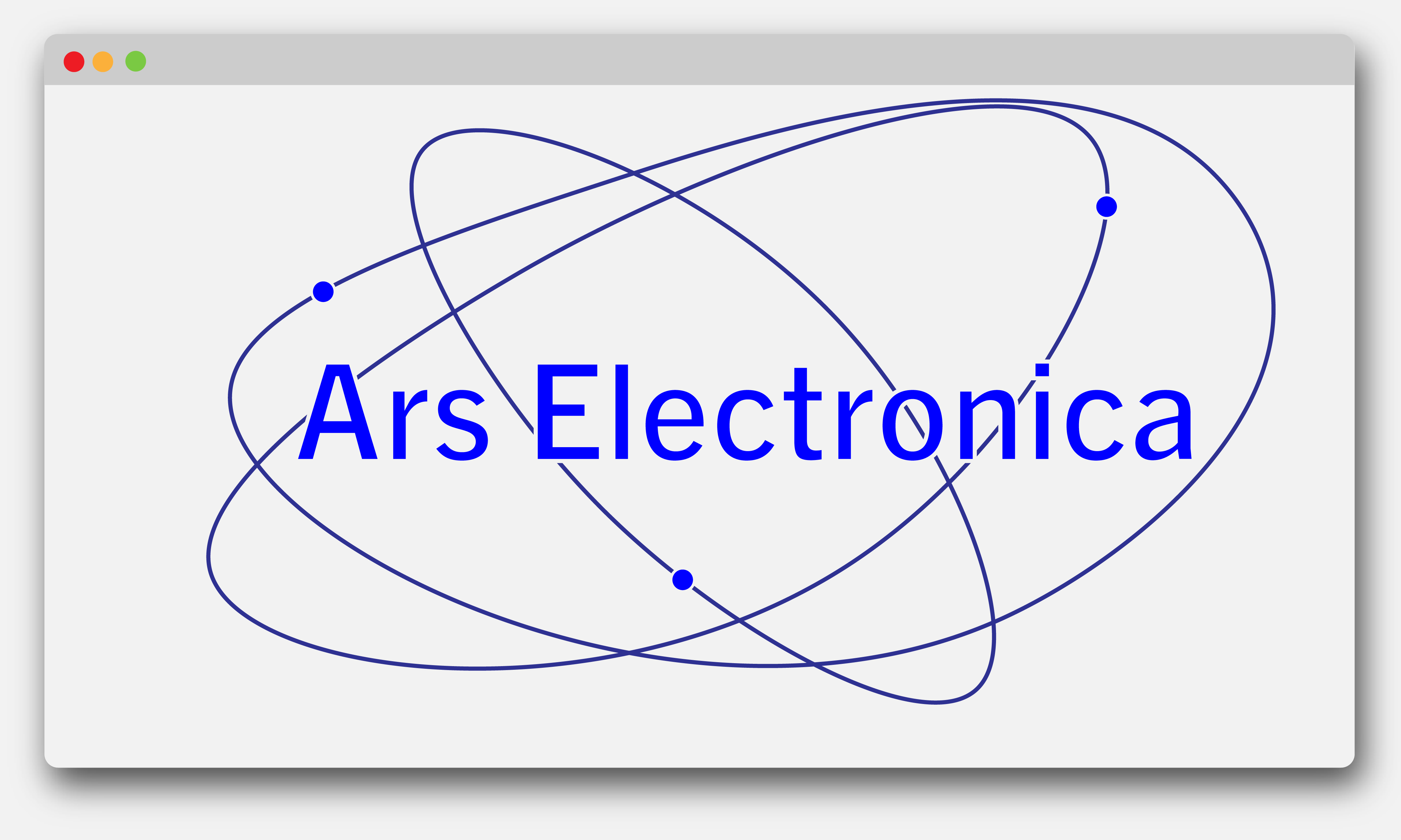
For Going Online, I ask designers, curators, and program makers about the events they’ve held online. This time: Ars Electronica. From the 9th to 11th of September 2020, the festival was held under the theme In Kepler’s Gardens – a nod to the astronomer Johannes Kepler who developed Kepler’s laws of planetary motion. Like the movements of the planets in the solar system, Ars Electronica’s In Kepler’s Gardens featured 120 satellite events orbiting around Linz. With the 2021 edition already announced, I talk with Veronika Liebl, the director of European Cooperation at Ars Electronica – looking back at the 2020 edition and looking forward to what’s to come this year. We discuss online community building, television metaphors, local/global contexts, and archiving.
Marijn Bril: How do you generally look back at the 2020 festival?
Veronika Liebl: We were all aware of the fact that we were diving into a huge experiment. Even though Ars Electronica is of course digital in its nature and works with a lot of digital acquainted professionals, it doesn’t mean that we had any specific knowledge on staging an online festival or a hybrid festival. So, we were absolutely aware that we were going to jump in one of the experiments of our lives, I would say. And exactly that it also was.
MB: How did that look like?
VL: These experimental development processes were something we saw in the content development, in the organizational development, and in the team development. So, it was a challenge for all involved people. But it was also a huge privilege to be part of this experimental and collective learning. We didn’t stage the online festival alone as Ars Electronica. We staged it in collaboration with more than 180 partners all over the world. We invited them to think about possibilities how to stage online programs, how to stage hybrid possibilities, in case it was possible at that time in September in their individual contexts. And this really led to collective learning.
So, we have seen many things which we wouldn’t do a second time, or which we would do differently. But this was precisely the point. We presented probably one of the most extensive programs ever in the history of Ars Electronica – with a wide variety of formats.
MB: What was one of your biggest learnings?
VL: One of the biggest learnings of all is that you have to deal with two completely autonomous audience types. One is the on-demand audience group, and one is the interactive group. And those require a different kind of production in advance because the content is so different. But they also need a completely different servicing. And if you’re a festival like Ars Electronica who expects to be able to serve both audience groups, you also need to be aware of the fact that this required of course much more resources. It requires different production teams, different kinds of content. And I think that this was one of the parts we realized most heavily, because the one thing is a festival representation, more dynamic, more community engagement and interactive component. The other thing doesn’t start necessarily within the five days of a festival or end within the five days of the festival, it continues. That is still the challenge, we don’t have a solution for this. But it was helpful to have this understanding that we have to serve these two audience groups.
MB: How did this work in the online festival?
You need to think of what people expect when they show up at your festival website. It’s more like a user journey, as it’s often called in commercial environments. At the festival, you get lost. In a physical festival, it’s sometimes the purpose to be lost and meet people, but in an online context, you need to know exactly where people end up at the festival website, what their specific expectations are and how you can actually catch them. So web design and online mediation are tremendously important. We also learned that this was the biggest problem at our festival.
We usually follow the Ars Electronic DNA of doing things a bit differently and trying to be creative. Sometimes it’s not wise to be too creative in online navigation, because people simply get lost. And that also happened to us. We know that in particular, the searchability and navigation of the website were challenging. That’s one of the points we definitely want to improve, as well as the interactivity. For 2021 we also want to increase the opportunity to get in touch with the community through exchange.
MB: You mentioned audience participation. In the festival, there were different formats of how they could interact or network, get together through Mozilla Hubs, but also in Zoom calls, in guided tours, in Q&A’s. How do you look back at these formats?
VL: I think we did a fantastic job understanding that there is a need for a community place, and we probably over-worked it a bit by building a huge Mozilla Hubs. Probably it was too extensive. But in the end, the major problem was that it wasn’t used already in a way that we expected it, really as a community place. And honestly, when you want to engage this community you always need to give them an impulse. You need mediation, people who are moderating, scheduling specific activities. It doesn’t happen by itself. That was one the biggest learnings last year, that even the community-orientated activities you need to program actively.
MB: How will you keep this in mind for the upcoming edition?
VL: We will continue with Mozilla Hubs, but we will reduce the rooms and different worlds. But we actually will do more guided tours and specific events scheduled, which our staff will mediate, so people can really engage in the specific context. What really worked well is the guided tours. People could post questions before the guided tour, so the speakers and the moderators already understood the audience’s background and what they expect. And then, it allowed this direct interaction with the participants – and discussions. Some of the tours even lasted an hour longer than scheduled. And here, people could interact with the persons they want to target within a festival. For example, students can meet professors from other universities, or artists can engage with curators.
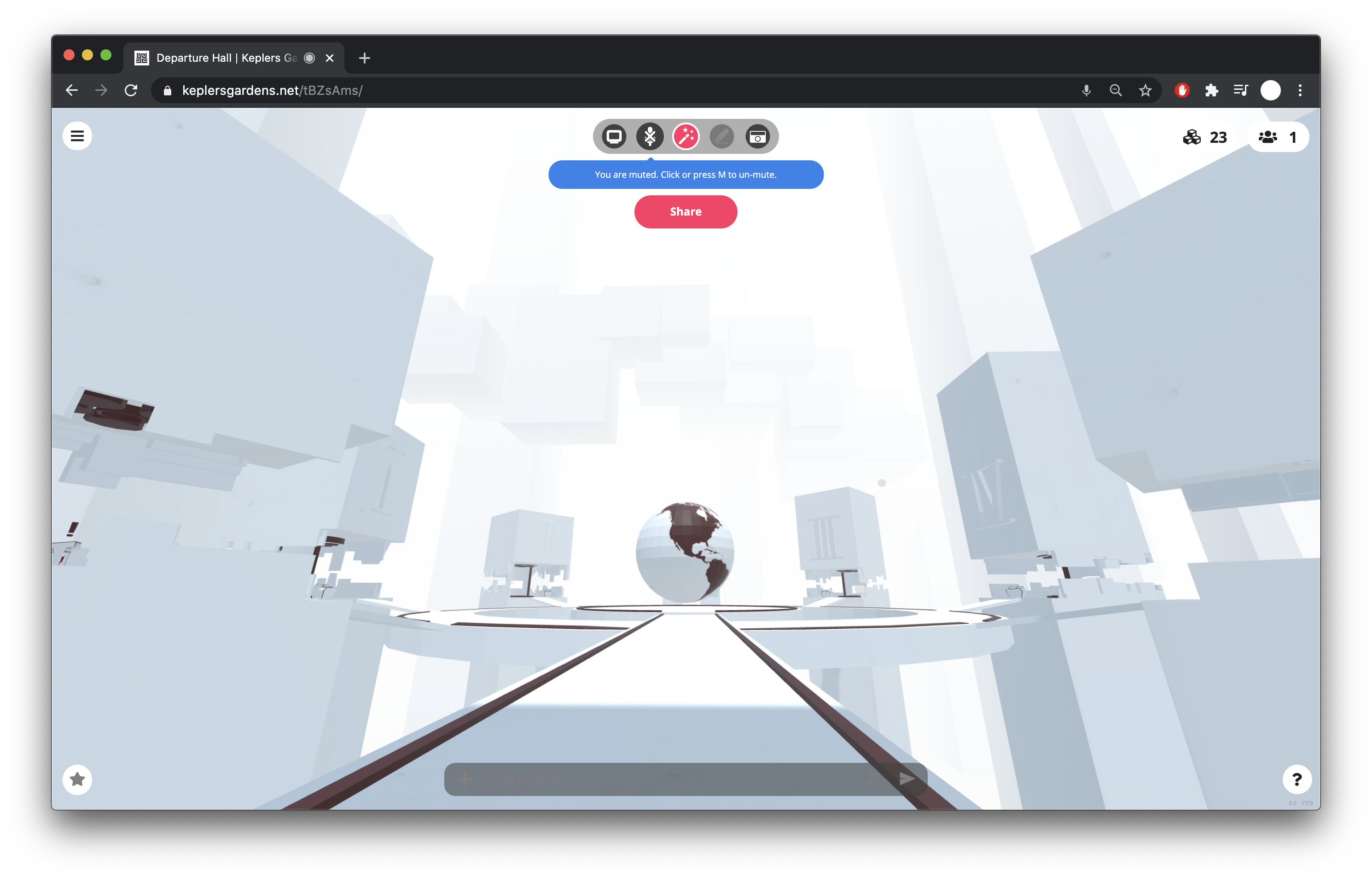
MB: Would you say it’s possible to maintain a community in an online or hybrid format?
VL: Yes, definitely a professional community! It allowed them to exchange within the festival. I think here online has not only disadvantages, but it actually has an advantage because you can focus much more specifically on these sessions. Within the festival, you run from one stage to another one, and you’re usually distracted, mostly focussing on social interaction. For the online guided tours and workshops, it’s very concentrated, it’s a very special focus. I would even say that online has a certain advantage in this way for professional audiences.
For non-professional audiences, for people who are not specifically media arts professionals, it’s different. So, these general audience tours – we usually have hundreds within the festivals – do not work in the same way. Guided tours with very specialized people speaking about specific parts of the program don’t work, so you need a more general approach. And also, one which is less oriented on direct interaction.
MB: I am very interested in the different metaphors of Ars Electronica, in the translation of bringing the festival online. I personally really liked the analogy of Kepler’s gardens as this satellite that orbits around Linz. What thoughts led to the decisions for this particular metaphor?
VL: What we desired and hoped to achieve is to create even better storytelling than in usual years. Usually, our staff at the info desk in post-city can basically take someone by the hand. Online we need to create storytelling. That’s why we tried to establish from the very beginning on, also in the advance communication, this metaphor of the garden managers. It’s speaking about working with collaboration partners worldwide, trying to showcase this diversity which a garden has, in different kinds of cultural backgrounds and thematic and curatorial approaches. We tried to establish analogies that remind us that we experience international exchanges.
MB: The four-channel live streams reminded me of back in the days when you would switch between different channels on the television. What was the rationale behind that idea?
VL: It was exactly what you already described – the rationale of classical television. We knew that with the huge dimension of Ars Electronica and this collaborations with the gardens that we would end up with a lot of content. In one way, it was obvious that we need to program formats which are established – maybe not the innovative ones, but definitely something audiences completely understand the dynamics of. We tried within the festival again and again with different kinds of formats to build on existing structures, formats, and programs – traditional media was definitely a big inspiration.
You see that now you need to think about how audiences can navigate through the mass of online programs. It needs to have a good balance between showcasing innovative new formats, new ways of interaction and participation, but combined with classical mediated programs. One way of mediation in this context is going back to classical tv formats, to channels. The way we did it last year is not necessarily how we would do it again.
Resource-wise we’re tied to specific timing, it was the usual working hours in our time zone here at AE. But of course, we’re actually addressing people all over the world. And that’s why we would also try to change this a bit and try to provide live content or live programs for all different kinds of time zones this year. We don’t know yet how, it always comes down to resources and managing this.
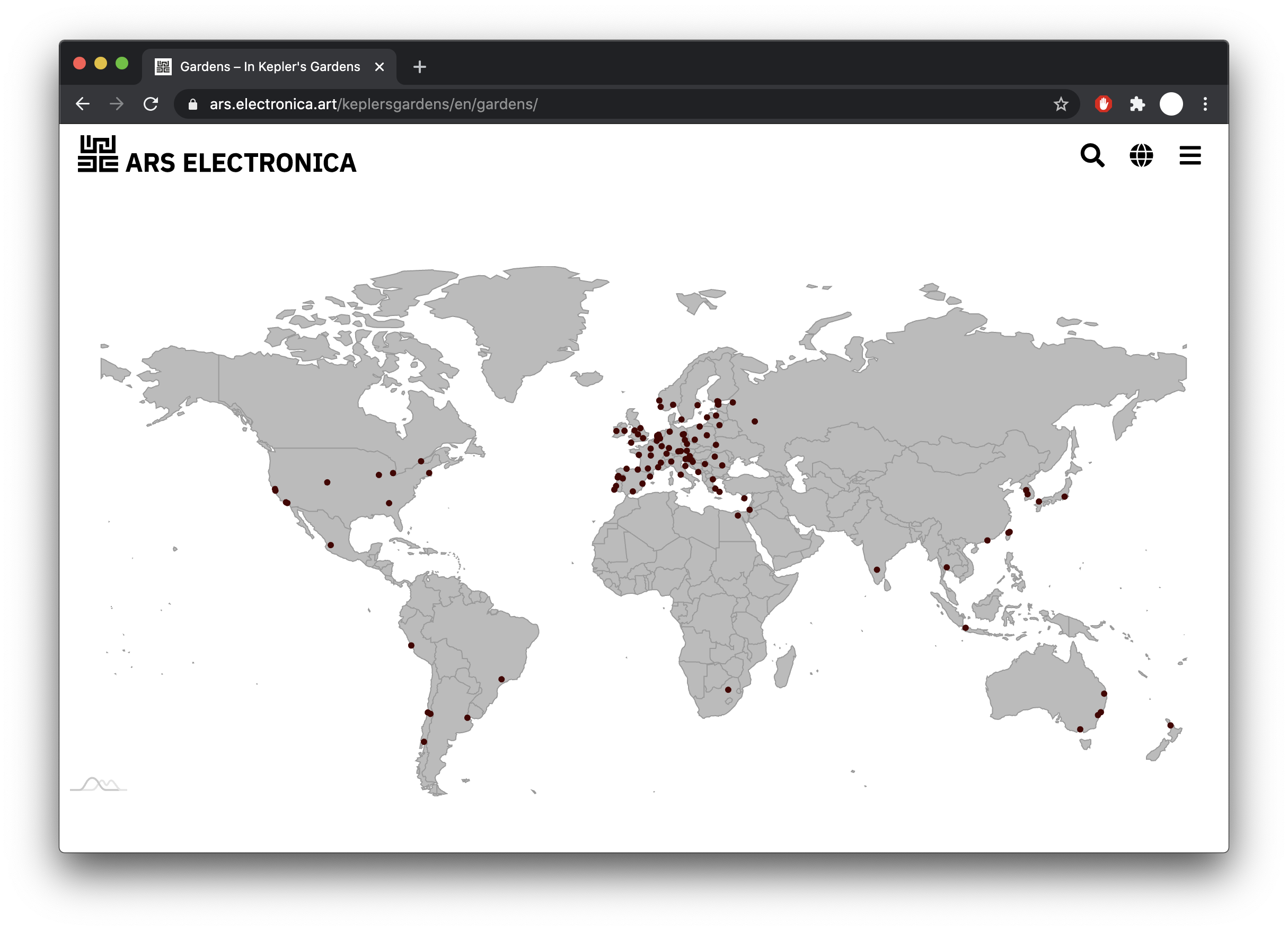
MB: In this line of thought, how do you see this aspect of localness and globalness of the festival? Partners have a particular local context, their own country, maybe even neighborhood, and a vision or signature of what they’d typically present. How do you see that this context is still apparent to an audience in an online global environment?
VL: I primarily see it as a big chance, to be honest. This field is in the end a very closed one. One needs to be very honest on this point. Audiences primarily depend on if they have the resources and the time to travel to a festival. What we saw last year is that being online allows us to address entirely new audiences. Students from all over the world could directly interact and participate in the program. For professional audiences, everyone who is familiar with the field of digital art or who is more or less interested in digital culture, it’s a big chance.
I think for public audiences, this local mediator is extremely important. Some of the partners did it in a fantastic way, to allow interaction between the general audience on-site with the online audience by installing a direct communication. For example, by having computers in the exhibition area they were able to communicate with the online audiences and exchange. But it needs mediation and contextualization. The whole field needs to come up with further instruments on how to engage the public audiences and non-audiences. It’s challenging to get past the couple of minutes on social media for public audiences and really get them engaged in the program for a longer period. The whole fields need to develop and to try to establish ways how people can get a) attracted and b) stay within the programs.
MB: In previous conversations, I’ve talked about serendipity, accidentally running into someone. That seems harder online as it would have to be programmed to be facilitated.
VL: Absolutely! Last year, we were quite lucky because we had 10.000 on-site visitors, an on-site program and quite an extensive on-site exhibition. In total, it was only a 10th or less of on-site visitors in other years, but at least we were lucky enough to see actual people, although in a reduced fashion. It showed this huge divide between people who were passing onto a physical event and those who would never come online then. The visitors we had in Linz were not the visitors who actually followed the festival’s online program.
MB: On quite a different note, 2020 presented a lot of content. How do you see this in the light of availability and archiving?
VL: We uploaded all the live programs a couple of days after the festival, so nearly everything is available. It comes down to resources – on one side human resources and money. Clearly, we saw an explosion of media content last year. The other thing is also what needs to make this accessible for audiences. We are now dealing with media standards for this huge media collection because it wouldn’t make sense to upload thousands of videos in our archive and leave people alone with this. It definitely needs strategies and a concept on how to make this accessible for audiences so they can actually consume it and have possibilities of navigating, filtering, tagging: navigation. We have the luxury situation of having an archive database, so we have the most essential metadata attached to every document. Our archive team is still working on the 2020 edition. We have not published it on our online archive yet, which is still work-in-progress.
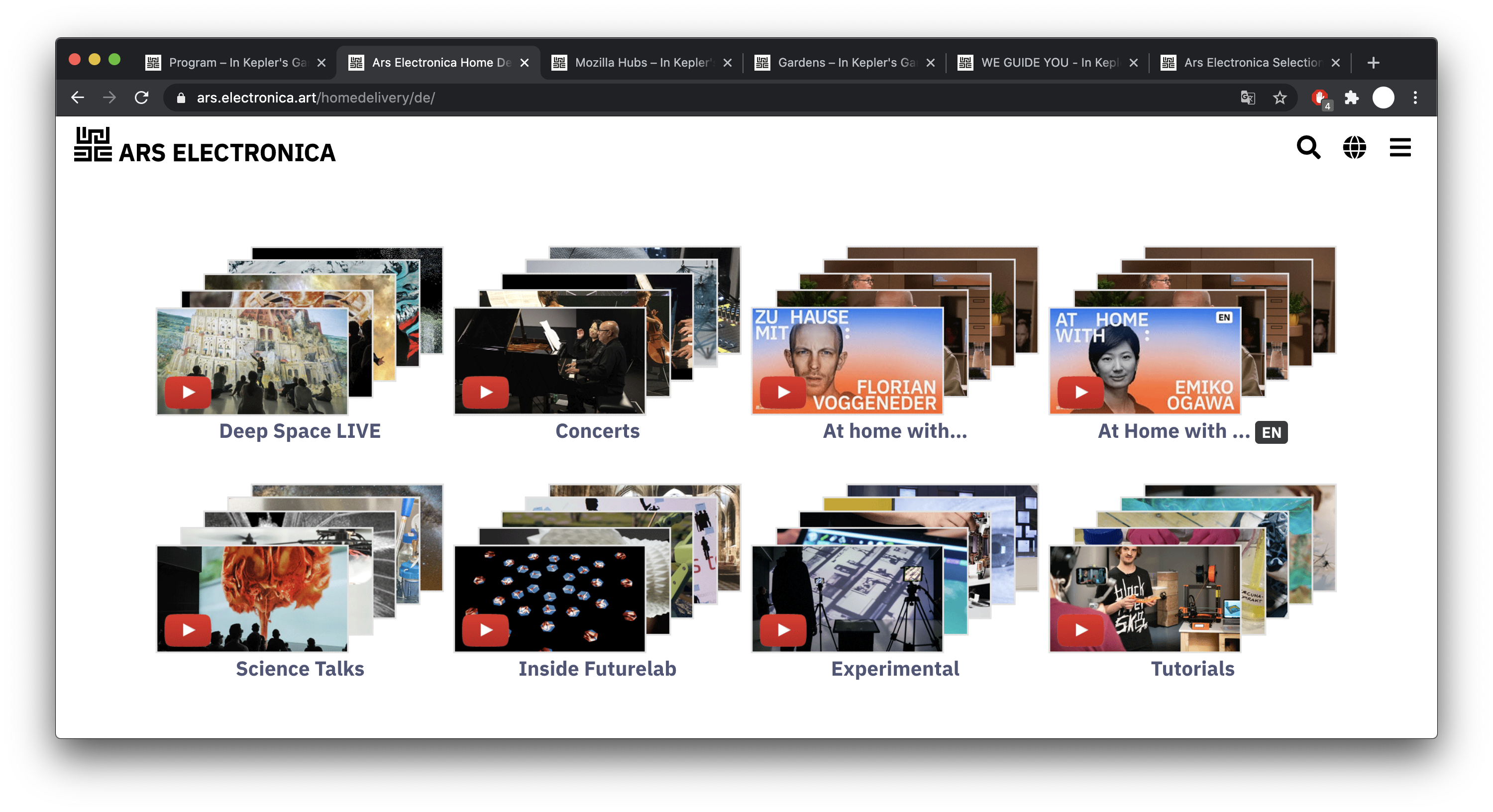
MB: I can imagine it’s helpful to have this archive or infrastructure there already. It doesn’t have to be invented right now, but it still differs in terms of strategies compared to previous years.
VL: One example there, until 2020, we did not have a specific archive for videos. The archive was built on projects and publications – we didn’t have a door into the videos. That’s something that now is being developed as part of the home delivery of Ars Electronica, which is the brand for the regional online cultural services of Ars Electronica. When we do several live sessions per day within the museum it also requires a certain archiving strategy to make things accessible for the on-demand audience. We see in the numbers that the on-demand audiences are usually 10 times higher than the live audience. There you also see the necessity of making things accessible, in a way that’s searchable and clear. That at least helps a bit to navigate through this huge vast of content.
MB: Thank you so much for this conversation, it was very sharp and critical – which is what the best conversations are!
Have a look at last year’s Ars Electronica Festival here, or catch a glimpse of what’s to come in 2021 here.


